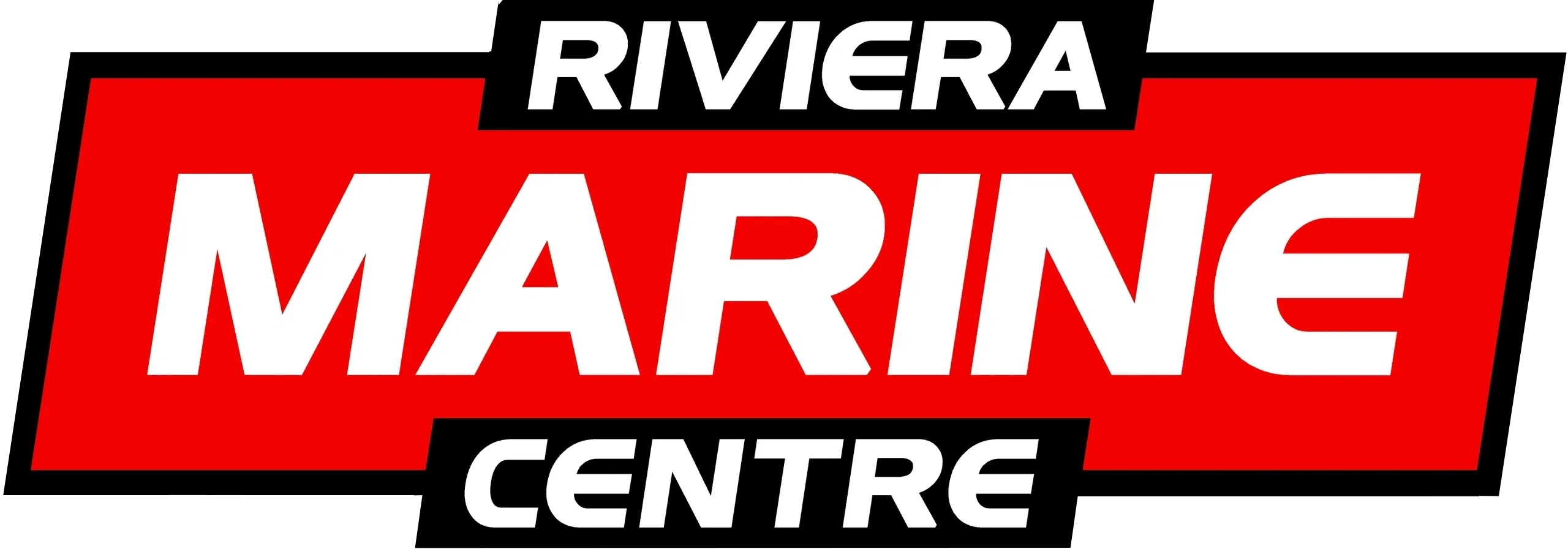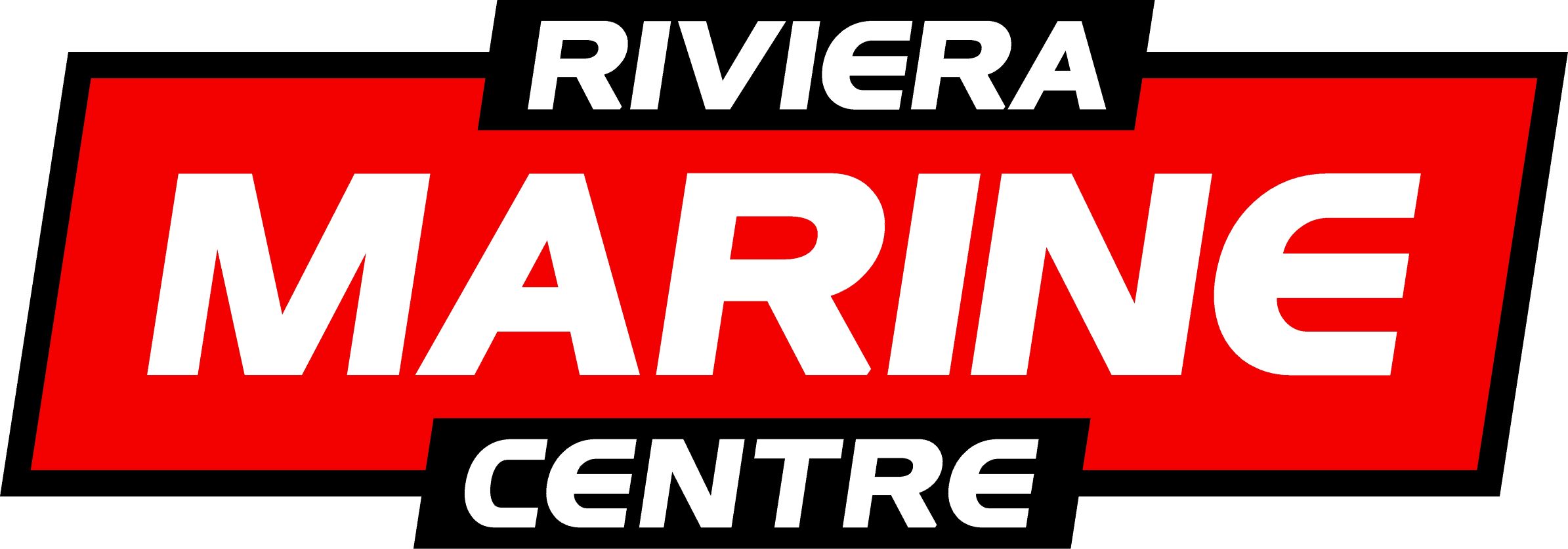
What Are the Key Features to Look for in a Boat Chain?

Choosing the right boat chain is key for safe anchoring. The chain's quality affects safety and performance. It's crucial to know which features matter. Is one material better? How important is corrosion resistance?
We'll cover the essential factors for selecting a boat chain. We'll talk about materials, strength, and corrosion protection. Understanding these aspects helps you pick the best chain with confidence.
- Choosing the right boat chain is crucial for safe and effective anchoring.
- Key features to look for include corrosion resistance, strength, and durability.
- Consider the material of the chain, whether it is stainless steel or galvanised.
- A high-quality marine chain will provide confidence and security during anchoring.
- Consult with a marine expert for personalised advice on boat chains.
The Importance of a Bow Rail and Pulpit in a Boat Chain
When you're picking a boat chain, think about important features that make anchoring easier. Look for a bow rail on the foredeck. It is a safety must-have according to the American Boat and Yacht Council (ABYC) standard H41. A bow rail not only keeps you safe but also helps attach the chain and anchor.
Don't forget about a molded-in bow pulpit. This handy structure puts the anchor roller and anchor in front of the boat. It makes anchoring smooth and easy. With your anchor in the pulpit, your boat's hull is protected during anchoring and when you pull the anchor up.
The Role of Cleats, Anchor Lockers, and Chocks in Boat Chains
Boat chains need certain parts to work well. These include cleats, anchor lockers, and chocks. They are vital for the chain to work smoothly on the boat.
Cleats
Cleats are key in making sure the boat chain is held safely on the boat. They need to be strong, using backing plates and bolts for a good fit. A large horn on the cleats helps hold the rope. This means the boat chain holds firm, giving you peace when anchoring.
Anchor Lockers
The anchor locker is a must-have for proper boat chain storage. It must keep water out to protect the chain. Also, its design should stop the chain from coming undone. This keeps the chain safe and in good condition.
Chocks
Chocks guide the anchor line and keep it from getting caught on other boat parts. They are key for safety when using two anchors. With chocks, the anchoring process becomes safer and smoother.
Knowing about cleats, anchor lockers, and chocks helps owners pick the right boat chain accessories. These parts make sure the boat chain works well and the anchoring is trouble-free.
Bow Rollers and Anchor Locks/Chain Stops for Boat Chains
A dependable bow roller is key for boat chains, especially with a windlass. It helps release the chain and anchor smoothly. Choose a bow roller that fits your chain or rope well.
An anchor lock or chain stop keeps the anchor safe in the roller. It stops the anchor from slipping when moving or sailing. You can pick from different chain stops, like pins or cables, for extra safety.
Just relying on a windlass to secure your anchor isn't the best plan. Always include a chain stop for better safety.
Rope vs. Line: Choosing the Right Material for Boat Chains
When picking the right piece for boat chains, the material matters a lot. Ropes and lines are key in the anchor system. The US Navy uses this difference. Lines have specific jobs, while ropes can go on their own or mix with other gear for the anchor system.
Think hard about the material of the rope or line. You want it to be strong and not wear easily. Nylon and Dacron are top picks. Nylon is strong and can flex, perfect for when the boat jerks from the anchor. Dacron is super tough and won't wear out fast.
Choosing the right thickness for the rope or line is also important. It needs to match the load it will carry. This way, the rope won’t snap under pressure. Pick based on your boat's size and the job it needs to do.
Choosing the best rope or line means looking at what it’s made of, how thick it is, and what it has to carry. This way, boat owners can be sure their chains will last and work the best.
The Importance of Scope and Chain Length in Boat Chains
When you anchor your boat, it's vital to think about the right scope and chain length. Scope is how long the rope or chain you use is. You need to pick the correct scope based on water depth and set ratios, like 3:1 or 5:1, for a strong anchor.
The chain's length is also key for anchoring. The right length changes with your boat's size. For boats less than 6 meters, 2.5 meters of chain is a good start. Bigger boats need a minimum of 10 meters. Also, pick a chain that fits your boat's size and weight.
Getting the scope and chain length right improves your anchor's stability and safety. It lets you relax on the water, knowing your boat is anchored safely.
Anchoring Tips and Best Practices for Boat Chains
When anchoring your boat, it's vital to follow the best practices. This ensures your safety and the effectiveness of your anchor. Keep these anchoring techniques in mind for a worry-free time on the water.
- Choose the right location: Before anchoring, check the water's depth, floor type, and wind and current exposure. Pick a spot with good holding ground for your boat chain.
- Approach against the dominant wind or tide: Go towards your chosen spot against the strong wind or tide. This helps you have better control as you drop anchor.
- Prepare the anchor: Ensure your anchor is set for use. It should be tightly connected to your boat chain and be in top condition.
- Lower the anchor: Drop your anchor slowly to the water's bottom. This reduces the chance of it getting tangled during the process.
- Achieve the desired scope: Let out enough chain or rope to reach a good scope. Aim for a 3:1 ratio at least. This ensures your anchor works well.
- Secure the rode: After setting your anchor, tie its rope firmly to your boat. Make sure the rope is tight and has no slack.
- Check for signs of dragging: Watch your boat after anchoring for any movement that's not normal. Look out for the anchor rope stretching. Keep the rope tight if all looks well.
- Use proper anchor lights: Always use the right anchor lights at night or in low visibility. This warns other boaters about where you are. Follow the rules for using anchor lights.
- Be aware of navigational restrictions: Learn about any rules or areas you should avoid where you're anchoring. Stay away from no-anchor zones or places with hidden obstacles.
Following these tips and practices ensures your boat is safely anchored. Always put boat safety first and respect local regulations. For top-quality boat chains and more marine gear in Australia, check us out Riviera Marine Centre.
Conclusion
Choosing the right boat chain is vital for safe and effective anchoring. Check the boat's features, like bow rails and cleats, to ensure safe anchoring. These parts help keep your boat secure and prevent damage when anchoring.
It's also key to know the difference between ropes and lines. Choosing strong + chafe-resistant materials is crucial. This ensures the chain works well and lasts.
Getting the anchor scope and chain length right is important. This varies with water depth and boat size.
Working against the wind or tide and checking for dragging keeps the anchor steady.
Safety first always. Talk to a marine expert for the best advice on boat chains and other gear. For the finest marine goods in Australia, contact Riviera Marine Centre. Good anchoring gear and know-how keep you safe on the water.






